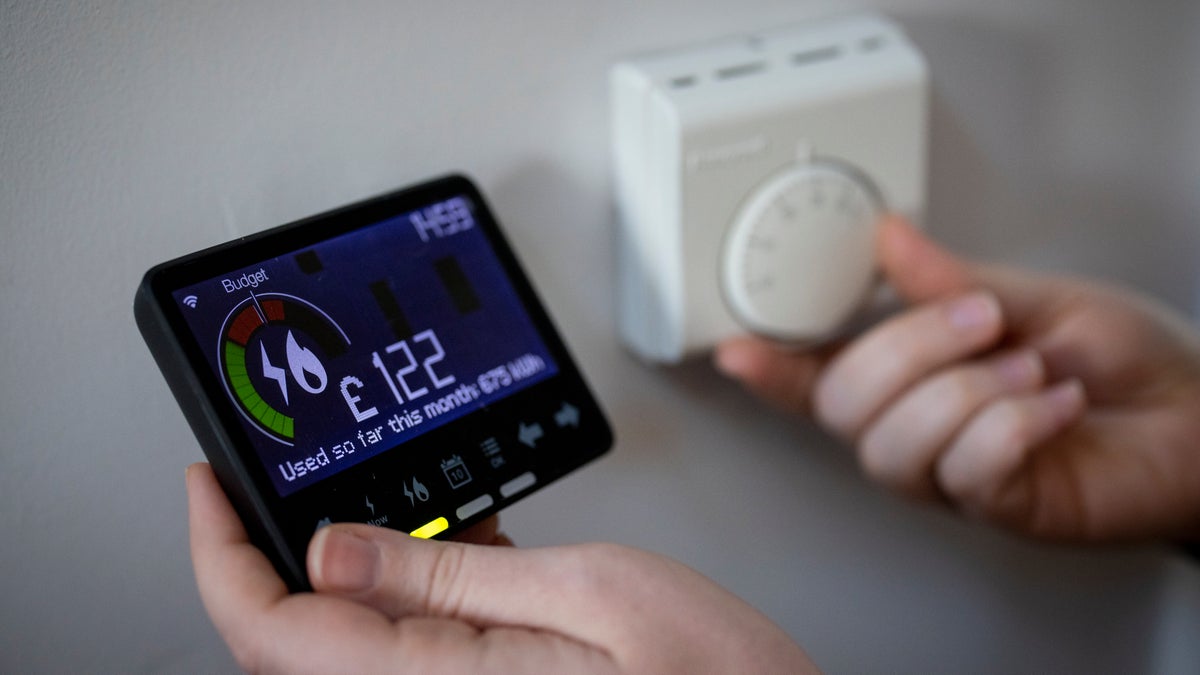Get the free Morning Headlines email for news from our reporters across the world
Sign up to our free Morning Headlines email
As the temperature drops, households up and down the UK are turning on their heating for the first time – but for many it will bring further financial hardship during the cost-of-living crisis.
As inflation remains high, driven by food and fuel prices, people on already-stretched household budgets are left wondering how they will pay to keep their home warm over the winter months.
They will be helped by the fall in the energy price cap on October 1, which reduced the typical household bill to £1,923, compared to £2,074 previously – however, this is still more than 50 per cent higher than pre-crisis level and will do little to help many pay their bills.
But there is help out there for millions of people.
Here we explain the government schemes set up for households, who can apply and how:
When is the winter fuel allowance paid?
Those born before September 25, 1957, could receive between £250 and £600 to help pay for the heating over the winter period under the Winter Fuel Payment.
Those eligible will receive a letter in October or November showing how much they will receive, with the amount given boosted by a Pensioner Cost of Living Payment.
Most receive the grant, which is available to those on a State Pension, Pension Credit, Carers Allowance and Income Support. Those who have not received the payment previously, and are not on the State Pension, will need to apply.
To be eligible, people must have live in the UK for at least one day during the qualifying week of September 18 to 24. For more information on who is eligible, click here.
Anyone who believes they should be entitled to the grant, but did not receive a letter should contact the Winter Fuel Payment Centre.
Cold Winter Payment
Households can get the £25 each time the average temperature in their area is, or forecast to be, 0C or below for seven consecutive days, between November 1 and March 31 under the Cold Winter Payment.
More than nine million households have built up no energy credit going into winter a recent survey found
(PA Wire)
To apply, people must be getting Pension Credit, Income Support, income-based Jobseeker’s Allowance, Income-related Employment and Support Allowance, Universal Credit, or Support for Mortgage Interest. Full eligibility can be seen here.
Payment will be made into the same bank or building society which receives benefit or pension payments.
Those living in Scotland can’t get the payment, but might be applicable for a £55.05 Winter Heating Payment, given regardless of the weather conditions. Eligibility is the same as the Cold Weather Payment, and the qualifying week is November 6 and 12. Payments are made in February and March.
Warm Home Discount
The Warm Home Discount will take £150 off a household’s electricity bill for the winter period, applying the discount between early October and March 24.
Those on energy providers which are on the scheme should get the discount automatically. They include people on the guarantee credit element of Pension Credit, or on low income and with high energy costs.
People can also qualify if their household income falls below a certain threshold, and they receive either Child Tax Credit or Working Tax Credit.
There are a number of schemes available to help people pay for their energy bills over the winter
(EPA)
In Scotland, people on a low income must meet their energy supplier’s criteria for the scheme.
Those on pre-pay or pay-as-you meters can also qualify, and should be given a voucher by their electricity provider.
The scheme is not available in Northern Ireland.
Anyone who does not receive a letter but believes they are eligible, should call the Warm Home Discount helpline on 0800 030 9322 before 29 February 2024.
Child Winter Heating Payment
Only in Scotland, the Child Winter Heating Payment is a £235.70 grant for families of children and young people up to the age of 19 who receive qualifying benefits.
The benefits they must receive to be eligible include the highest rate of Child Disability Payment or Disability Living Allowance for Children and the enhanced rate of the daily living Personal Independence Payment or daily living Adult Disability Payment.
Families should receive a letter confirming they are entitled along with the money in their bank or building society accounts. The payment is per child, not per household – so families could receive more than one payment.
✕
Subscribe to Independent Premium to bookmark this article
Want to bookmark your favourite articles and stories to read or reference later? Start your Independent Premium subscription today.
SubscribeAlready subscribed? Log in
Popular videos
{{/link}}

